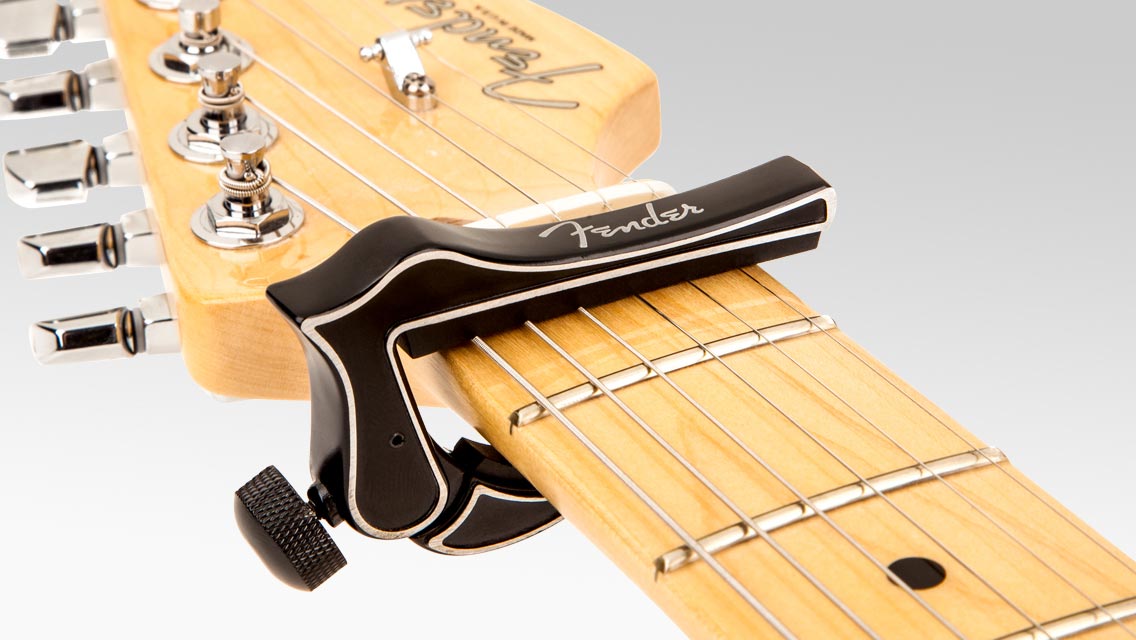By Jeff Owens
Why Instrument Cables and Speaker Cables Aren’t Interchangeable
Did you know you can't just use one in place of the other?

You probably know that guitar cords and speaker cables aren’t interchangeable, but you probably don’t know why. While it usually suffices for most to leave it at “Hey, don’t do that,” a little understanding never hurts.
Guitar cables and speaker cables are two different kinds of cable designed for two very different purposes. Using one in place of the other can have unpleasant effects ranging from merely annoying interference to outright equipment failure.
Among novices and those in a hurry, confusion sometimes arises from the fact that both kinds of cable often share the same kind of connector—1/4″ phone plugs. That’s about the only important similarity, though. To understand why you shouldn’t use one in place of the other, let’s look at both cable types and examine their purpose and differences in more detail.
Your instrument cable is low power and high impedance. It’s built to convey a weak unamplified signal from your guitar to your amp, where it’s boosted up to a useable level. Since it doesn’t need to carry a lot of juice — a small DC current with a small voltage — it consists of a single small-diameter “positive” inner wire (usually 24 gauge) running through a braided shield conductor that works as the ground connection, plus various insulators and the outer jacket. Its small, lightweight wire size is good for cable flexibility (it needs to follow you around onstage, remember), and the shielding prevents much of the noisy external electromagnetic interference that low-power signals are susceptible to.
Your speaker cable, on the other hand, is just the opposite — high power and low impedance. It’s built to carry a strong signal from your amp to your speakers—a relatively high AC current and voltage. Unlike the instrument cable, it has not one but two wire conductors, both with a relatively large diameter in order to allow greater signal flow from amp to speakers.
It’s useful here to imagine the current flow from amp to speakers as water pumped through pipes. The amp puts out whatever “water pressure” it’s capable of (and it’s a lot), and your speaker cable is the pipe that carries that water pressure to the speakers. If you reduce the size of that pipe, you restrict the flow of water to the other end. Speaker wires work much the same way—smaller-diameter wires present more electrical resistance to the signal flow, wasting energy in the form of heat. The bigger the wires, the better the signal flow from amp to speakers.
If you use an instrument cable as a speaker cable, you’re probably OK at low signal levels. At high signal levels, though, trouble brews—all that amp power attempts to flow through the instrument cable’s too-small conductor. The unhappy result is that a lot of amp power is converted to heat and never even reaches the speakers. You get reduced speaker output, some probable distortion and, in extreme situations, heat-induced cable or cable connector failure. And you definitely don’t want your amp overheating.
If you use a speaker cable as an instrument cable, the large conductors handle the weak signal just great. But there’s a catch—speaker cables aren’t shielded. Since they normally carry strong, already-amplified signals, any noise they pick up is inconsequential, making shielding unnecessary. If used as an instrument cable though, the unshielded conductors can pick up interference from fluorescent lighting, amp power supplies and various other external AC sources.
From the time it’s created at your pickups to the time it enters the amp’s input, the low-level signal from your instrument must travel through a conductor shielded from interference along the entire length of the cable, but that’s not what’s happening if you use a speaker cable. The low-frequency humming or buzzing you’ll consequently hear is the 60-cycle frequency of U.S. AC power leaking through the unshielded cable, internal guitar wiring, amp wiring or any combination thereof. And your amp is boosting it all to the point of sounding like giant mutant bees.
Don’t miss out!
Be the first to know about new products, featured content, exclusive offers and giveaways.


